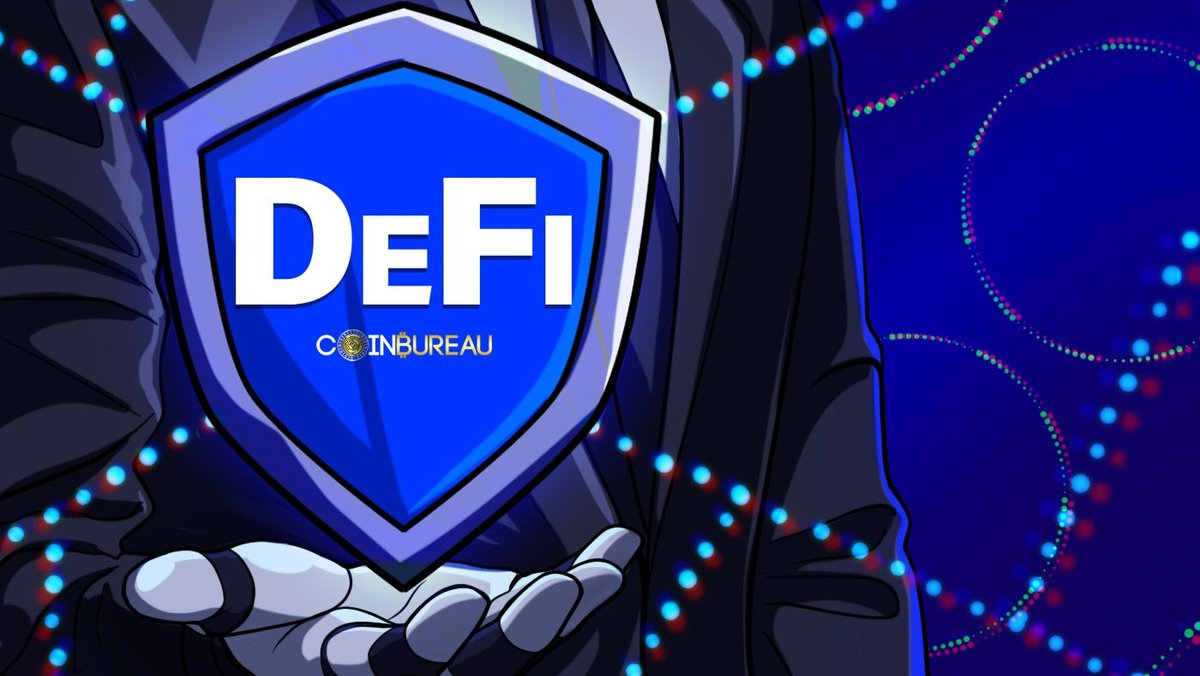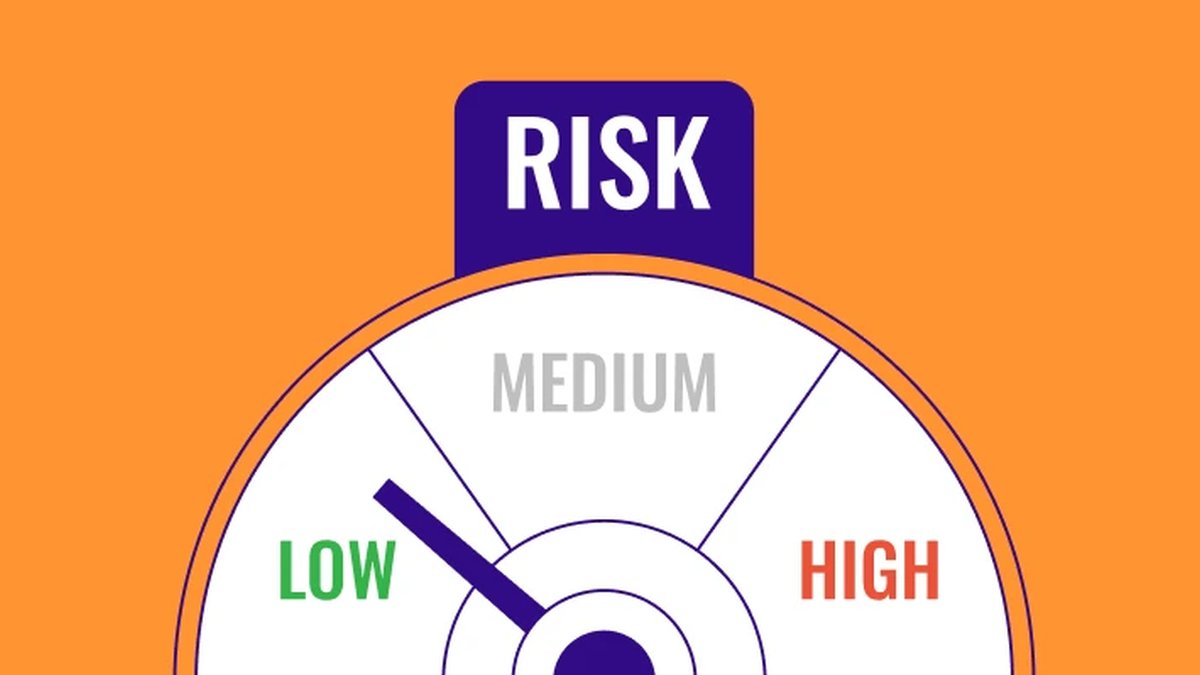Insurance for DeFi: What You Need to Know
Decentralized finance (DeFi) has redefined the global financial landscape, enabling users to lend, borrow, trade, and earn yields without intermediaries. But with innovation comes risk—protocol exploits, stablecoin collapses, and governance attacks have caused billions in losses. DeFi insurance has emerged as a way to provide protection in this volatile environment, yet its mechanisms differ significantly from traditional insurance.
Why DeFi Needs Insurance
Unlike traditional finance, where regulators and insurers act as safety nets, DeFi operates on self-executing smart contracts. Failures can be catastrophic and immediate, leaving users without recourse. Insurance protocols aim to fill this gap by pooling capital and compensating affected participants.
How DeFi Insurance Works
Capital Pools
Participants stake tokens into pools that act as insurance reserves. In return, they earn premiums from users purchasing coverage. Losses are paid out from these reserves upon claim approval.
Governance-Based Claims
Claims are typically decided by community votes. While this ensures decentralization, it can lead to disputes, especially when members have conflicting financial incentives.
Coverage Areas
DeFi insurance commonly protects against smart contract exploits, stablecoin depegs, and exchange hacks. Some protocols are experimenting with coverage for cross-chain bridges and governance manipulation.
Key Providers
Nexus Mutual
One of the earliest DeFi insurers, Nexus Mutual allows users to purchase cover for specific protocols. Members vote on claims, creating a trustless yet sometimes contentious process.
InsurAce
InsurAce expands coverage across multiple chains and products, offering protection against a wider array of risks while rewarding liquidity providers with yield.
Bridge Mutual
Bridge Mutual focuses on decentralized claim assessment and offers customizable coverage options, highlighting flexibility in DeFi insurance models.
Challenges and Limitations
Despite its promise, DeFi insurance faces hurdles: limited capital compared to total value locked (TVL), subjective governance decisions, and difficulties in risk pricing. Additionally, some protocols exclude coverage for newer, riskier projects, leaving gaps in protection.
The Future of DeFi Insurance
Expect innovation in automated claim assessment, AI-driven risk analysis, and partnerships with traditional insurers to expand coverage. Regulatory clarity may also play a role, as authorities push for stronger consumer protection in digital finance.
Conclusion
DeFi insurance is not yet perfect, but it is a critical piece of infrastructure for the next phase of blockchain adoption. By blending decentralized governance with evolving risk models, it promises to make DeFi safer and more resilient for everyone.







